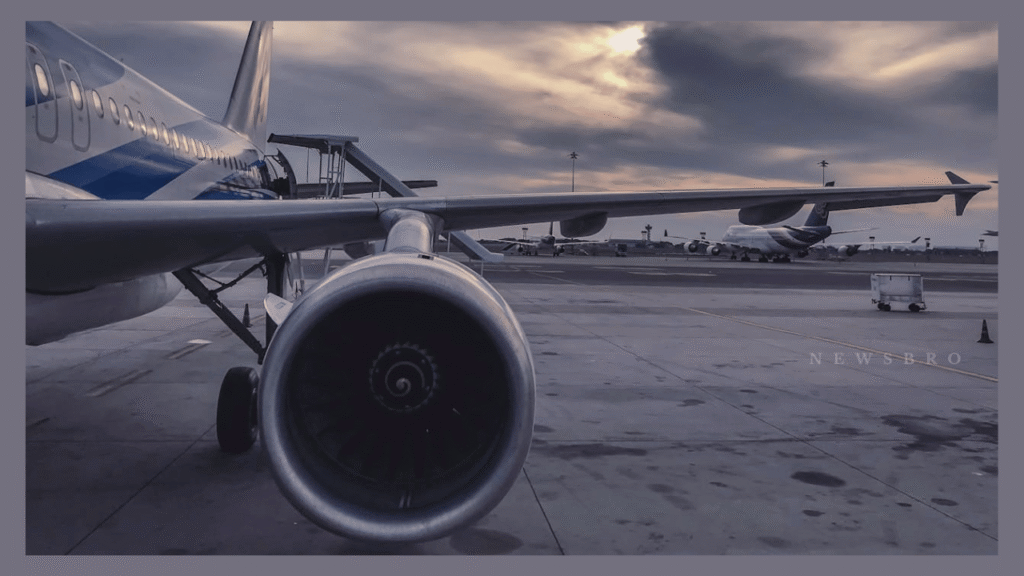In your daily operations and life, you might not have given a second thought to aircraft maintenance and inspections. But with the technology that is currently advancing. They are no longer only smart, but they are also strong and, to a great extent, more reliable. With the growth of air traffic in the world, industry must match it and maintain its safety at the same time, as well as save money and time. The following innovations will provide you with a more in-depth view of how technology is leading to this important field of maintenance.
Advanced Drones for Inspection
Drones now play a big role in inspecting the outside parts of aircraft. Especially in difficult spots like wings and tops of fuselages. When you use drones, you save time and avoid spending long hours on manual inspection. With multiple cameras, LiDAR sensors, and other advanced tools, drones deliver extremely accurate results within minutes. They also capture aerial images and record them as videos, giving you reliable data you can review anytime.
Artificial Intelligence and Predictive Analytics
Artificial intelligence has made quality checking and communicating smarter than before. AI software can examine vast amounts of data to find patterns in indications of weak spots in systems. These insights will enable you to shift to intelligent maintenance so that you can deal with minor issues before they grow to be massive and expensive challenges. Due to this reason, you carry out more dependable and risk-free operations. Predictive maintenance works by watching the stresses on parts and connecting them with alert signs. Enabling you to schedule the maintenance before any severe malfunction happens.
Robotics in Maintenance Operations
When it comes to repetitive and accurate jobs, robots are now your assistants in aircraft maintenance operations. They can do jobs like surface cleaning and repairing and replacing the manual workforce to do tedious tasks. The automation will not only make the processes faster, but also more precise. Since it will imply that the number of human mistakes will be reduced. In addition, robots might be applicable in areas that are dangerous and unreachable like under heavy machinery and in slim passages which would ensure that your workers are not injured.
Digital Twins and Virtual Simulations
Digital twins make use of a digital twin format to monitor the real-time performance of actual aircraft parts. This constant surveillance helps you track down the health and performance of a plane from the cockpit to the engine. Very importantly, before any of the repair work is done in real life, it allows you to test and check the repair alternatives virtually. This safeguards you against costly errors and gives you a low-error training strategy. Moreover, it allows you to make concrete decisions on how maintenance can improve efficiency based on solid data. The future of in-flight maintenance lies in these realistic simulations and digital maps.
Modern Inspection Tools and Equipment
Modern inspection tools and equipment are totally changing the way aircraft are checked up and maintained. They provide faster, more precise, and more reliable checks. One good example is high-format borescopes. These are portable devices that one can align with the engine and older access points. Their modern imaging enables you to see even tiny inside damage accurately. They also hunt down possible damage in areas that otherwise need heavy tearing down of structures. Because of the convenience and reliability, many professional aircraft technicians prefer to buy USA Borescopes devices to improve their inspection tasks. With such gadgets, you can see the flaws sooner and act before possibly having to replace the entire part of the aircraft.
Conclusion
The transformation due to technology in aircraft maintenance is nothing short of remarkable. These innovations help improve safety, reduce unexpected breakdowns, and save expenses. Automatic and precision analysis is now possible through the application of artificial intelligence, drones, and robotics in the workflow that was once very manual and rigid. The aviation sector is becoming smart, networked, and digital. It results in better decision-making and effective systems. By adopting these sophisticated new solutions, not only will you be securing the future of air transport, but you will also get the advantage of performance and safety on a daily, every flight.

